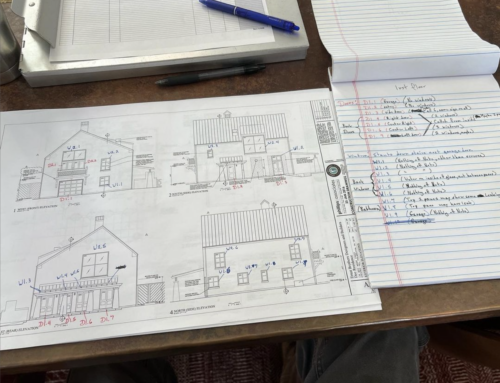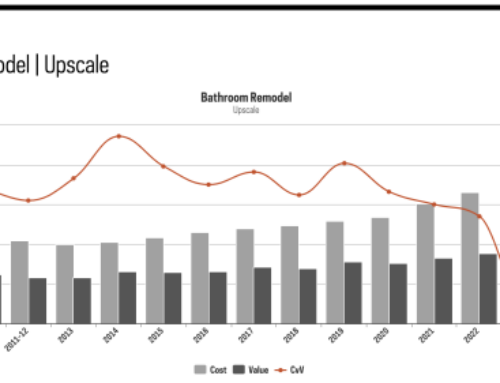What an Expert Looks Like: 10,000 hours
This past Friday, I spent time with our plumber in a small mechanical room on one of our projects. We were trying to figure out why we were not getting water pressure into the house from the main water line out on the street.
I sat on a small step ladder and chatted with him while he replaced the main valve on the water line. That’s the valve right before the water meter. It’s where you go to turn off all of the water going into the house when you have a leak. This valve was more than 50 years old. Though the valve looked OK, he figured it was the first and cheapest section to look at as the source of the water pressure problem.
Once we’d agreed to an approach to the problem, we started talking about business, and life, in general. That conversation was peppered by some details about what we were seeing during the valve-replacement process. Meanwhile, I watched this expert at work. Here is what he had to do to replace the valve:
Cut without measuring, clean and prep a new copper section of pipe to go into the water line and select a new replacement valve
He performed all of these technical tasks — some of which are rather dangerous — smoothly and without really thinking about them, just like you might brush your teeth. He could talk to me at the same time without a pause in his speaking. We were talking, at that point, about some business issues we were both dealing with at our offices.
He did another tricky thing: He used a pipe fitting to turn the female end of a water hose into a male so he could attach the hose to the main, run the hose into the laundry tub, and then test for flow.
I commented on the tricky use of the fitting, how that was very cool and smart. He told me that when he was a kid, his dad, who passed the business down to him, would make him clean the work truck and re-sort fittings. At the time, he thought that was “so stupid!”, but now he doesn’t even have to think about what fitting to use. His hand goes right to the one he needs.





